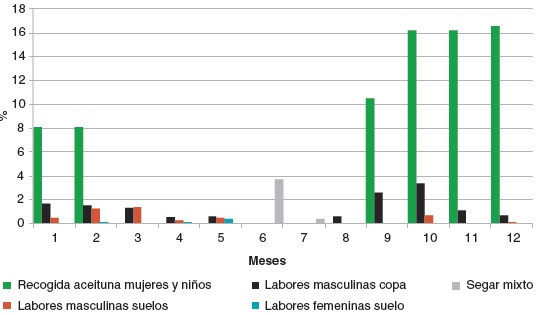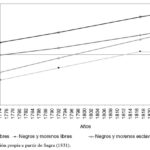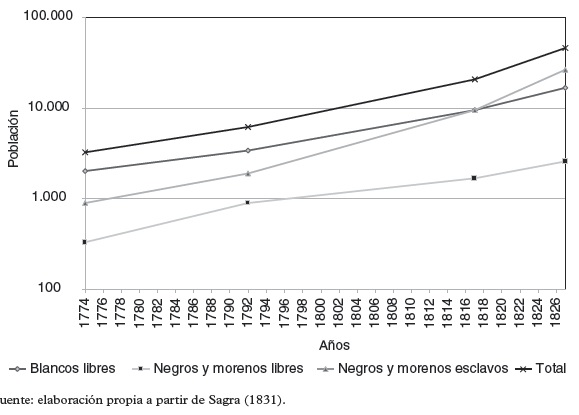
At the end of the seventeenth century, the island of Cuba underwent a series of institutional transformations that resulted in a reformulation of the colonial pact between the local elites and the crown. This series of changes affected the structure of property ownership, agricultural production and the growth and composition of the population, making the island the world’s leading colonial sugar producer. Until the 17th century, the weight of the sugar economy in the province was minimal. The jurisdiction had five mills in 1778 and eight in 1792, producing 1.5% of the island’s total sugar. The momentum of the slave plantation system in the region was such that in 1827 there were 111 enclaves dedicated to this type of production in Matanzas, which contributed 25% of the island’s total production. One of the indicators of this process of change was the availability of a workforce linked to the success of the sugar model, where slaves and free blacks predominated. The evolution of Matanzas, in comparison to the rest of Cuba, confirms the general trend of change, highlighting the relevance of the region. For the island, population growth by group was generalised. In the first period (1774-1792), the free black and slave populations played a leading role. From 1792, the growth of the free population stagnated with a downward trend, while the slave population remained stable until the end of the period and reached the level of the white population.
Collection: Graphics
Project: 3. Rural world and urban world in the formation of the European identity., 4. Family, daily life and social inequality in Europe.
Chronology: XVII, XVIII, XIX
Scope: Secondary Education, Baccalaureate, University
Link: https://www.historiaagraria.com/FILE/articulos/RHA76_WEB_urrego_mesa.pdf
Resource type: Graph
Format: Line chart
Source: Urrego Mesa, Alexander, «Cambio institucional y sociedad esclavista: la intensificación del mercado de trabajo esclavo en Matanzas (Cuba), 1755–1810», Historia Agraria, 80 (2018), pp. 49–84.
Language: Spanish
Date: 2018
Owner: Álvaro Romero González (Modernalia)
Copyright: © Alexander Urrego Mesa © Revista de Historia Agraria
Abstract: Evolution of the free white, free black and brown and black and brown slave population in Cuba in the late 18th century
Image
Tags







